#Irish wildlife
Text

Tea-stained pine marten drawings.
‘Pine marten’ in Irish Gaelic is ‘cat crainn’, which translates as ‘tree cat’, after their catlike features and tendency to spend much of their time up in the trees. These beautiful animals are unfortunately very scarce in both Ireland and the UK and I have only ever seen one sadly as roadkill not far from where I live, I’d love to see one live and in the wild here in Ireland some day.
132 notes
·
View notes
Text

European pine marten (Martes martes)
Photo by john.purvis
194 notes
·
View notes
Text

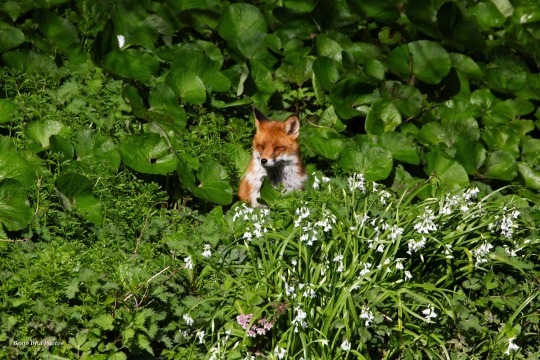

A Red Fox 🦊
16 notes
·
View notes
Text
(For)
Some ecologists are calling for predators such as wolves and lynx to be returned to Ireland
They say this would help control Ireland's expanding deer population and so protect forests and crops
Sheep farmers in particular say they fear attacks on their animals and the threat to rural communities
The animals were hunted to extinction in Ireland in the late 18th Century, but there are increasing calls from ecologists to bring them back, potentially alongside another large predator, the lynx.
The benefits, they argue, range from controlling deer numbers and so protecting forests, to reducing road accidents.
However, the idea of reintroducing large predators is, not surprisingly, unpopular with Ireland's farmers.
Sheep farmers in particular fear attacks on their flocks and the impact on rural communities.
If there's one key reason for the calls to bring back the predators it's the ever expanded deer population in Ireland.
Overgrazing by them has led to damage to forests as well as crops.
Earlier this year, the chair of the Wicklow Deer Management Partnership said there could be more than 100,000 of the animals in that county alone.
Last year, 55,000 deer were culled in Ireland.
Ecologist Padraic Fogarty says that Ireland had pressing targets to meet for climate and biodiversity.
"Among those is restoring elements of our natural ecosystem particularly forests, peatlands and so on," he says.
"You just can’t have natural ecosystems that work without big predators.
"So if we want to re-establish big areas of forest that’s not going to be possible if we’re going to have deer numbers that are totally out of control or we don’t have the balance in those forests so that they can re-generate and perpetuate themselves over the long-term."
Mr McLoughlin adds that culling deer is not working.
"The first year that they culled deer in Ireland they killed 5,000 deer, last year they killed 50,000," he says.
"Every year, it’s cull, cull, cull and the numbers are still increasing."
He says by chasing their prey, wolves ensure they catch "the sick, the diseased, the old and the frail" and create a healthy deer population.
"The diseased ones that they’re taking out of the population are diseases that we really fear, like Lyme disease that affects thousands of people in Ireland," he says.
"They will also take out TB, which farmers dread.
"Crop framers have their crops destroyed by overpopulation of deer – the wolves will actually help the crop farmers, the tillage farmers."
Mr McLoughlin also cites a US study that suggested a 23% in reduction in road accidents involving deer in places with a wolf population.
"Wolves create a landscape of fear that keeps deer moving, it keeps deer away from the roads, it keeps deer up in the highlands where we want them, not down in our fields or in our gardens," he says.
"Despite intensive farming and urban sprawl, all it took for these animals to recover in mainland Europe was for people to stop killing them."
He says the public would have nothing to fear from the prospect of lynx reintroductions.
"There is not a single record of a human attack, let alone mortality from a wild Eurasian lynx anywhere in the world," he says.
(Against)
John Joe Fitzgerald is a sheep farmer from County Kerry and member of the Irish Natura and Hill Farmers Association.
"We have the domestic dogs in this country, they’re killing anything between 300 and 500, maybe 600 animals a year," he says.
"We can’t control the domestic dogs we have, how are we going to control a wild animal?
"I can’t see any way that they could reintroduce these animals, it wouldn’t be fair on the rural communities, it wouldn’t be fair on farmers and even small towns."
Mr Fitzgerald says across Europe where wolves have returned, thousands of sheep are being killed by them every year.
"Are we going to live in fear now that our animals are going to be slaughtered?" he says.
"The vast tracts of land are not in this country to reintroduce wolves, even if they’re going to be controlled.
"The only known predator to the wolf in Ireland is a gun.
"It’s not nice to reintroduce wolves and then we as farmers or rural communities have to start shooting them – it makes no sense."
(Meeting both halfway)
Padraic Fogarty said an important part of any reintroduction projects would be to pay farmers and local communities.
"We’re not talking about compensation, because that kind of implies damage, but if we start talking about the rewards communities could get from having large predators in their areas then I think the attitude might be different and we might have a different conversation that wouldn't be so vexed," he says.
Josh Twining agrees with this approach.
"Mitigation programmes in countries where people share their landscapes with large carnivores vary substantially, but increasing in popularity is the use of conservation performance payments," he says.
"I think for lynx reintroduction to ever gain any real traction, it needs to be led in collaboration with those who would be most affected, the sheep farmers, the game keepers, the custodians of the land."
Killian McLaughlin says that there is a "need to start educating people first of all and educating them that they [wolves] don’t kill people and they actually benefit us as well".
He adds: "There’s lots of ways of protecting livestock and our neighbours on the continent have gotten very good at protecting them."
Padraic Fogarty says that technically, these reintroductions would be feasible and that the species themselves could survive and adapt - "but it’s living alongside humans that is the problem".
Mr McLoughlin says it wouldn't take many wolves to balance the ecosystem.
"Top predators never overpopulate because if they do their food source disappears and they disappear," he says.
"We could initially start off with one pack and study them, but we would need a bit of genetic diversity, so you would probably need several pairs."
He adds: "It would really be about giving them the basics that they need to survive and then just leaving them well enough alone and letting nature take its course, because nature survived without us for millions and millions of years."
#biodiversity#art and ecology#ecosystem#reintroduction#conservation#cohabitation#wolves#lynx#forest#wildlife#Irish wildlife#farming#ecology
48 notes
·
View notes
Text
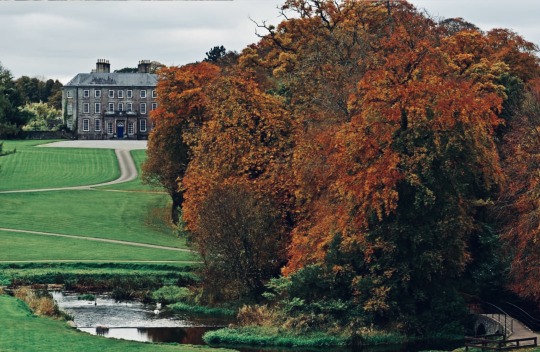
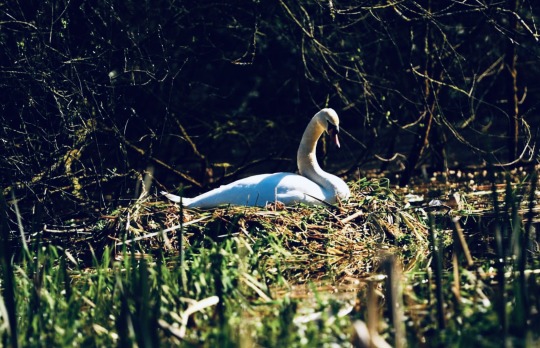


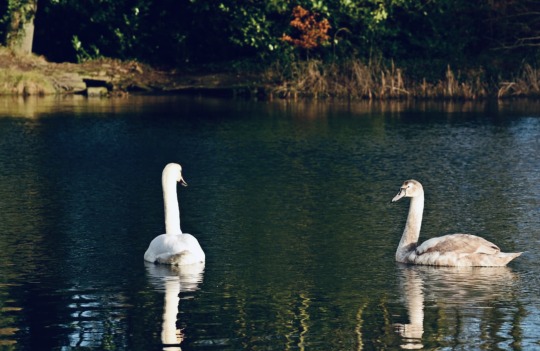
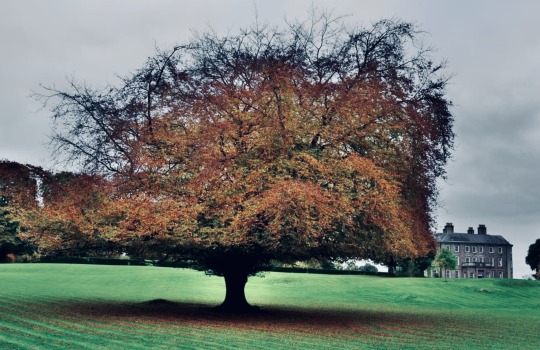
~ Doneraile park, Cork, Ireland ~
#ireland aesthetic#ireland#irish countryside#irish culture#irish wildlife#angelcore#angelic#dark academia#photography#coquette#coquettecore#coquette dollete#coquette dollette#wildlife#light cottagecore#cottagecore#cottage aesthetic#deer#light academia#light academic aesthetic#light fairy#fairycore#fairy aesthetic#dark acamedia#dark cottagecore#dark fairycore#dark fairy aesthetic#dark fairy#elfcore#mosscore
36 notes
·
View notes
Text

I’m loving Ireland actually and have made new friends
#Ireland#dublin#deer#nature#Irish wildlife#Phoenix zoo#animals#baby deer#cute animals#me#cute#model#face#Europe#European animals#awwww#my homie#brunette#women#girls#women of tumblr#dublin life#dublin women#Irish women#irish
36 notes
·
View notes
Text


LOOK AT THIS SABER WASP IN MY HOUSE
11 notes
·
View notes
Text

red squirrel | wexford, ireland | november 2023
#leetl friend#him pinecone to big for he goddamn mouth#squirrel#red squirrel#irish wildlife#amateur photography#irish photographer#original photographers#photographers on tumblr#photography#photooftheday#wildlife#el thomas photography <3
1 note
·
View note
Text

Gabhann Dunne
Cursing Blackbird
#gabhann dunne#birds#birds in art#bird art#bird painting#blackbird#irish artist#irish painter#irish art#wildlife#wildlife painting#wildlife art#contemporary art#beautiful birds#animals in art#art history#aesthetictumblr#tumblraesthetic#tumblrpic#tumblrpictures#tumblr art#aesthetic#beauty
12 notes
·
View notes
Text


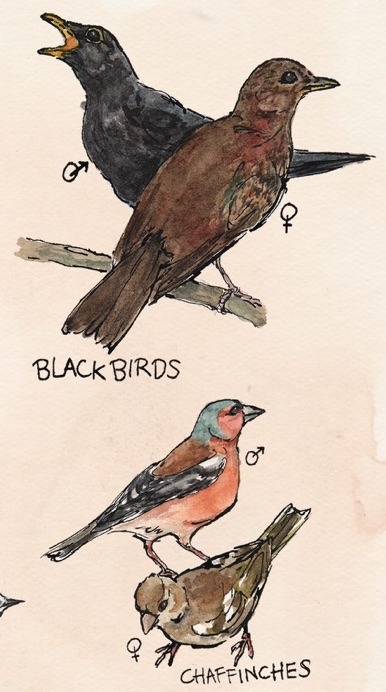

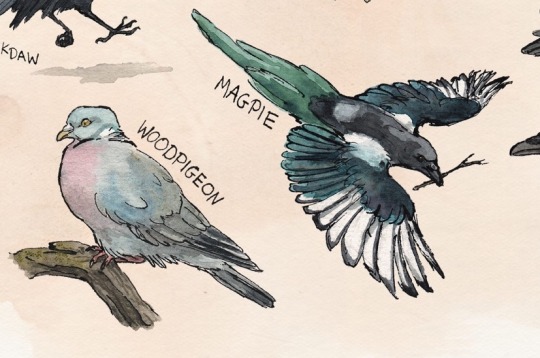


Garden Birds of Ireland.
Took me quite a while to paint all these little birds! I plan to make some prints out of this, plus maybe some stickers and/or notecards perhaps.
26 notes
·
View notes
Text
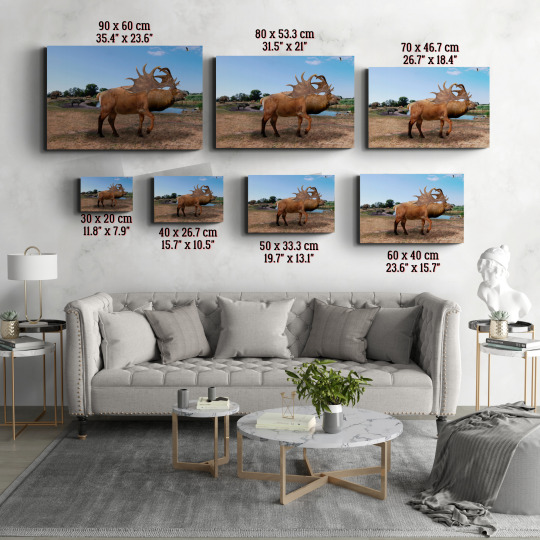
Megaloceros (also known as "Irish elk"), fifth in the "Big Five" Ice Age animals. The owner of some of the most impressive antlers of any deer, reaching 3.7 meters in length. Like other deer, these antlers were shed every year.
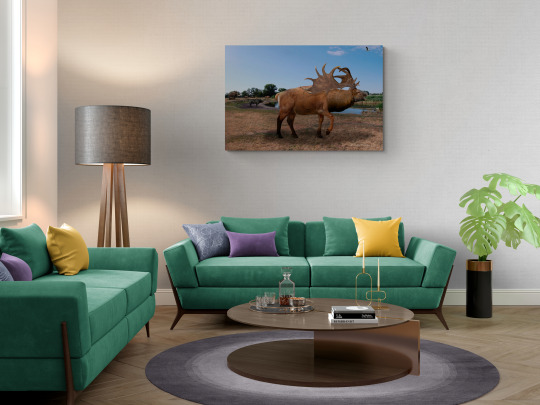

#Irish elk prints wall art#above bed decor#deer canvas art#science gift#ice age art#extinct animal illustration#paleoart#landscape#nature#wildlife#prehistoric fauna#prihistoric animals#prehistoric artwork#paleontology#ice age paleoart
3 notes
·
View notes
Text

A wood pigeon having a little snooze
53 notes
·
View notes
Text

Power of the Atlantic on a calm day, the coast of Ireland.
A guillemot flies low over the white water for scale on this surging wave on an otherwise calm ocean.
#ireland#vsco#landscape#vscocam#irish#photography#photographers on tumblr#travel#nature#seascape#wild atlantic way#atlantic ocean#guillemot#seascape photography#seabirds#wildlife#sea life
23 notes
·
View notes
Photo

GUADALUPE MOUNTAINS NATIONAL PARK, TEXAS
Dramatically contoured canyons, sprawling desert scrub brush, and a profusion of wildlife and birds fill West Texas’ Guadalupe Mountains National Park..
PHOTOGRAPH BY JONATHAN IRISH
#jonathan irish#photographer#guadalupe mountains national park#texas#landscape#canyons#desert#wildlife#birds#nature
13 notes
·
View notes
Text
Dhã spideog / two robins
Mixed media on cotton rag paper, 2x 24cm X 20cm

#visualart#painting#contemporaryart#contemporarypainting#artwork#irishart#irish illustration#oilpainting#fineart#illustration#art#ross stewart#robinredbreast#artist#wildlife illustration#wildlife#wildlife art
6 notes
·
View notes
Text

Live Encounters completes 14 years this December. And as per our usual celebrations we publish multiple editions. We will be sending out invites to the brains trust of humanity - our CONTRIBUTORS. Brand new contributors are welcome. We request them to check out : https://liveencounters.net/how-to-contribute-to-live-encounters/ - before sending in their submissions
#14th anniversary live encounters#liveencounters#writing#poetry#photography#markulyseas#irish writing#wildlife environment#philosophy
1 note
·
View note